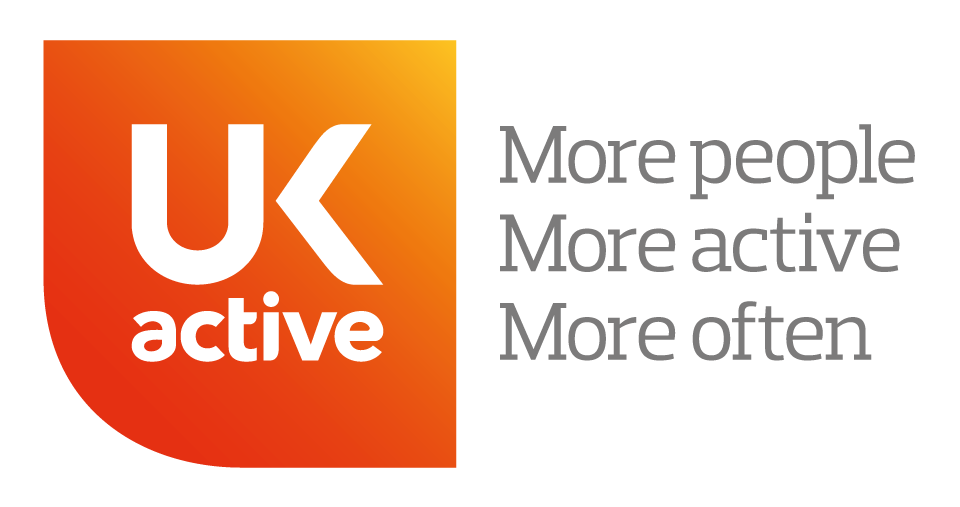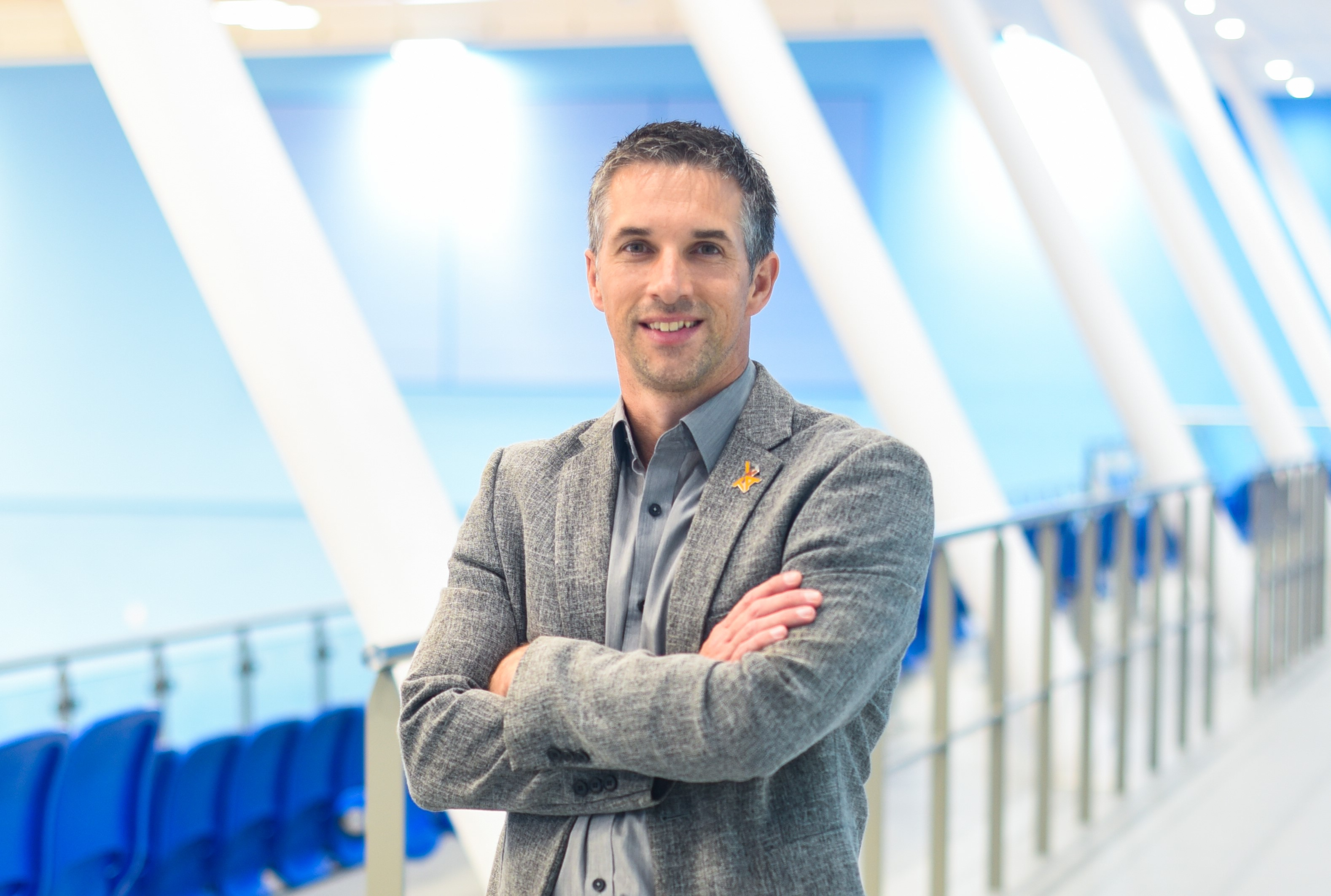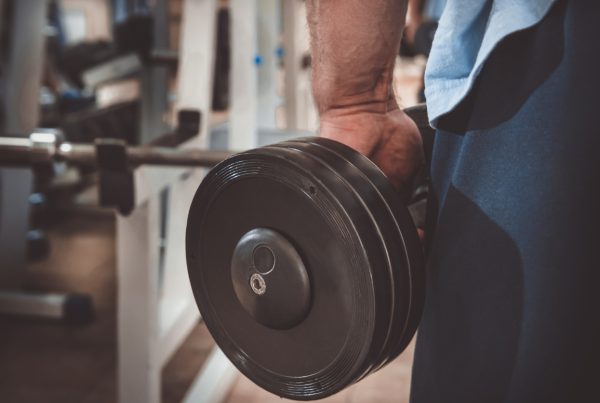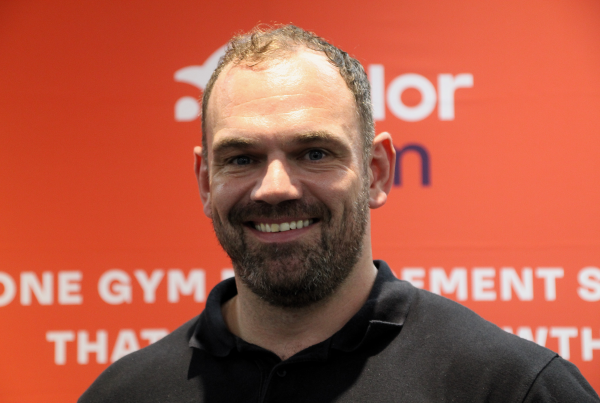In this blog from ukactive Strategic Partner, Alliance Leisure, John Leaver, the organisation’s Marketing and Framework Director – explains the importance of co-creating leisure services alongside preventative and supportive health services in the heart of UK communities.
Local authorities in the UK are grappling with a multitude of pressures that threaten to impact the delivery of essential services, including leisure services. Financial constraints, exacerbated by rising costs and reduced government funding, are forcing councils to make difficult decisions about budget allocations. Meanwhile, the burden of poor health across the nation is weighing heavily upon the taxpayer and local government alike, extending beyond the NHS’s remit into the necessity for an increase in provision of social care, reduced local workforce, and many other social issues.
As we’ll explore, the future of these two tales need not be bleak, but rather woven together to create a solution. By turning our gaze to prevention, which involves rooting out some of the deeper health inequalities preventing people from exercising, we can in turn support communities to become healthier, negating some of the expensive support that is currently required. A powerful means of achieving this? The provision of accessible, high-quality leisure and health facilities.
Understanding health inequalities and investment in prevention
Addressing health inequalities is crucial, and well-designed leisure facilities can provide communities with accessible spaces for physical activity, promoting overall wellbeing.Examples of health inequality are in abundance across the UK:
- In Pendle, the life expectancy of men living in some inner wards is 9 years less than those in the most affluent areas.
- In Dudley, a similar story exists with women living 7.3 years less in the most deprived areas compared to the least deprived areas.
- The prevalence of obesity (including severe obesity) in year 6 children is 13% in South Hams District compared to 31.7% in Barking & Dagenham.
- The infant mortality rate is three times higher in Manchester (6.7 deaths per 1,000 live births) as it is in neighbouring Trafford (1.8).
And the list could sadly go on.
A recent report on LocalGov also highlighted the disparities in the mental health of children in different regions of the UK.
A report commissioned by the District Councils’ Network, titled “Fit for the Future: The Health Value of Wellbeing and Leisure Services,” highlighted the benefits of improving physical activity, particularly among the most deprived populations. The report suggested that increased physical activity can lead to a reduction in diseases, thereby saving the healthcare system the costs associated with treating these conditions. Additionally, it emphasises the improved quality of life and the economic benefits that come with better health, as people can remain productive for longer periods. Finally, the report points out that enhancing physical activity can help reduce health inequalities by narrowing the gap in healthy life expectancy between lower and higher socioeconomic groups (from 12 to 8.3 years). It also estimated the potential reduction in NHS expenditure as a result (£462m by year 20 in a population cohort of ~£1m people).
What’s not in doubt are the benefits of exercise. The challenge is prioritising and positioning physical activity as a preventative form of medicine alongside traditional treatments and modern drug alternatives. ukactive and CIMSPA have recently called on the Government to put in place a prevention strategy for the health of the nation. Responding to the investment in weight-loss drug GLP-1, they said, “the national adoption of weight-loss drugs is no substitute for a strategy that encompasses physical activity and diet too.” A study published in BMJ Open suggests that reallocating part of the NHS treatment budget to preventive activities could generate more health gain.
Localised delivery of health services
Acknowledging the role leisure facilities play in prevention and reducing the inequalities in physical and mental health is the first step. Next, we must place these facilities within local communities and co-locate health services so they can offer a holistic approach to health and wellness, making these facilities more accessible, attractive and functional.
Co-location can streamline referrals, enhance communication between providers, and reduce transportation barriers, making it easier for individuals to receive comprehensive care in one location. Additionally, co-locating services can reduce the stigma associated with accessing certain health services, such as behavioural health or substance abuse counselling, by normalising their presence within a community hub. This integrated approach not only improves health outcomes but also strengthens community ties and encourages a more active and engaged population.
An interesting report from CLOA titled “A Movement for Change” recently discussed a move to an ‘Active Wellbeing Service’. The report advocates for a strategic, sustainable, and financially smart approach to public health, leveraging existing resources and partnerships to create a healthier, more active population. It specifically mentions the concept of creating community hubs where various health and wellbeing services are co-located. For example, the new Health Hub at North Hykeham Leisure Centre in North Kesteven brings together health resources such as blood pressure checks, physiotherapy, and cardiac and pulmonary rehabilitation in a familiar community setting, making these services more accessible to the public. Ten different examples are also included that highlight real-world examples of local change – well worth a read!
Numerous construction projects are now being delivered that integrate leisure, physical activity, and health; and one notable one is a project being delivered on behalf of North East Derbyshire Council that will see leisure and health services comes together under one roof at Clay Cross Active. Alongside the more traditional leisure facilities of a swimming pool, gym, studios and sports hall, there is also a Citizens Advice, various NHS clinics and multi-purpose community rooms. The facility also has an all-encompassing approach to physical activity provision ranging from soft play for young children, through to an Innerva power-assisted exercise studio typically catering for older adults and those with specific medical conditions.
To learn more about Alliance Leisure, click here.
Alliance Leisure is a member of the ukactive Strategic Partner Group – find out more here.
Disclaimer: Any views or opinions expressed are solely those of the author and do not necessarily represent those of ukactive.
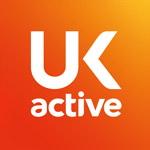
More People More Active More Often
